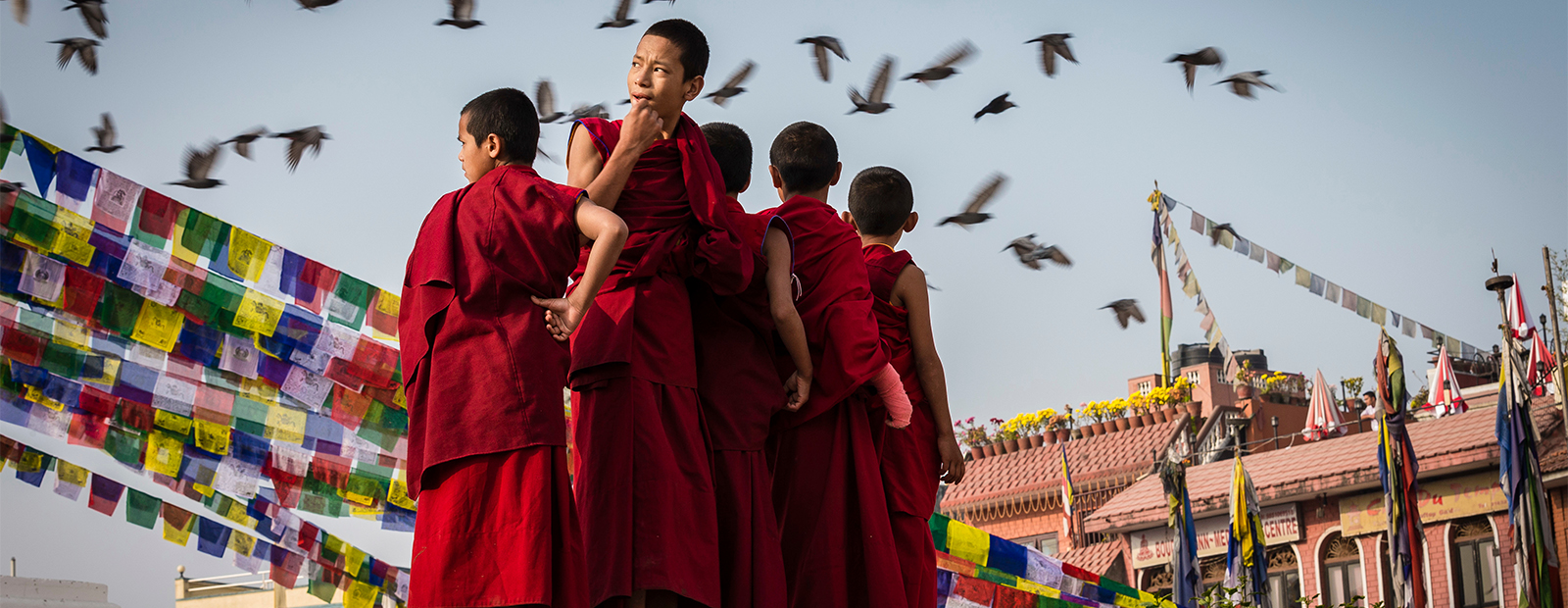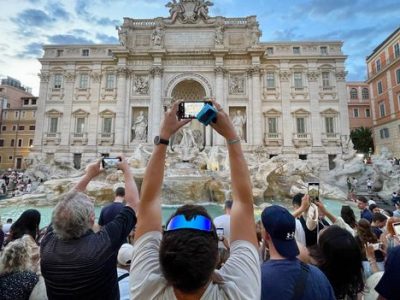Why is travel insurance to Nepal so expensive?
Travel insurance providers around the world have been hit with an extremely high number of claims in Nepal, which seriously threatens the viability of providing cover.
Insurance, which has been costing travelers around $100-$150 USD for a three-week trip, pays for helicopter evacuations that cost $5000 USD. And there’s been an extraordinary number of them. In April 2019 we had to deal with and pay for 140 helicopter evacuations – that’s more than four per day!
In 2014, 5% of claims for one part of our business was from travelers in Nepal. In just three years this had increased to 25%. In the most recent 2019 trekking season, the percentage of our travelers in Nepal who made a claim rose from 15% to 60%. This is why premiums have risen dramatically for some World Nomads customers (the price change doesn’t apply to policyholders who are residents of USA, Canada, Brazil, China or Philippines).
There are lots of claims, and the cause is varied and complex
There is evidence of Nepalese providers over-servicing and inflating costs. This has been documented by several investigative journalists as you can read in this article published by The New York Times. Those investigations have revealed trekking companies, acting as ‘middlemen’, are collecting commissions of 50% of the cost billed to insurers. Helicopter companies are billing for four-hour flights that take only two or three hours and charging an inflated hourly rate. Hospitals have admitted to producing fake invoices for patients they never treated and have been accused of performing unnecessary medical procedures on Acute Mountain Sickness (AMS) sufferers.
There are now more than 2000 trekking companies in Nepal, and they are under pressure to move more travelers through treks at a faster rate, which may be contributing to the rise in AMS cases. Altitude sickness plays no favorites and can strike anyone regardless of their level of fitness and preparedness. Greater numbers of unwell trekkers means an increase in insurance claims. Please note, however, that the percentage rise in AMS cases far exceeds the percentage rise in travelers.
How travel insurance works
Like any insurance, we collect a pool of money from insurance premiums, which those in need can call on to pay bills. If the amount of money going out exceeds the amount being paid in, obviously the pool will empty. Right now, that pool is emptying fast and it’s mostly going out through Nepal.
The average cost of a claim from Nepal is $3000 USD. By comparison the average claim cost from the USA is $1600 USD – and the US has the most expensive medical system in the world.
What are our options?
- We could stop offering plans which cover Nepal, which is exactly what some travel insurance providers have done. But we don’t want to do that. We love Nepal. We love that you love Nepal. Pulling out of the market would also not be the right thing to do by the Nepalese people. They have given so much to travelers over the years, we don’t believe it is right to abandon them. We’re doing everything we can to avoid that.
- We could put prices up across the board for travelers to all destinations. In other words, everyone pays more, regardless of where they’re going, to put more money in the pool. Frankly, we’ve been doing that. A little bit of the premium for someone traveling to a low-claim destination helps offset the cost of the premium for someone traveling to a high claim destination. But continuing to do it is not fair on Nomads not going to Nepal because the costs are now excessive.
- The alternative is for travelers to Nepal to pay a fairer share of the costs and carry a higher burden of the risk. We’ve used this strategy in the past, but it hasn’t been enough. This is why the premium has gone up so much. Be warned, it could go even higher if the situation in Nepal doesn’t change.
What we’re doing about it
We are continuing with what we call “cost containment” procedures, such as:
- Asking trekking and helicopter companies and hospitals to justify the bills they are sending us.
- Asking for flight manifests and other documentation, not to make travelers jump through hoops, but to understand if what’s been charged is a fair price.
- Negotiating with trusted providers to set fixed prices for services.
- Sending investigators into Nepal to interview and counsel providers.
- Sending team members to Nepal to negotiate better deals with providers.
- Asking trekking companies to call us for approval, where possible, before commencing an evacuation. We have asked if we can speak to the traveler prior to evacuation commencing.
- Working with the Nepalese government to find a solution to this problem.
What we are NOT doing is threatening to boycott Nepal or withdraw our services. We believe collaborative effort can find a solution that is right for our travelers, the Nepalese people, the trekking companies and the insurers.
What you can do to help
First, know that your health and wellbeing is our primary concern. If you are suffering from altitude sickness, please call our 24/7 Emergency Assistance Team as soon as possible. We will do everything in our power to get you the medical care you need and will assist you in overcoming the condition. If it is possible (and it’s not always) call us to discuss your situation. Despite what you may be told, all the lodges at Gorek Shep have landline telephone connections, and all trekking companies have phone connection (cell or satellite).
- Be as prepared as you can before commencing a trek.
- Learn to recognize the symptoms of AMS.
- Understand how the over-servicing is happening, this article of ours may help.
- Take extra time to acclimatize before heading to higher altitudes.
- If you suffer from symptoms of AMS descend to below 3800 meters, where medical evidence shows the symptoms will dissipate in between 12 and 24 hours. If that doesn’t work, you will need emergency evacuation and we’ll arrange it.
- Acknowledge that at high altitude you may struggle to cope with the unfamiliar conditions – the cold, the lack of oxygen and the physical activity.
Before you go, please familiarize yourself with what’s happening in Nepal and your policy wording, and where possible contact us before agreeing to any evacuations. Your health is paramount but eventually these rising costs will discourage travelers from choosing to go to Nepal, which will hurt the Nepalese people economically.










